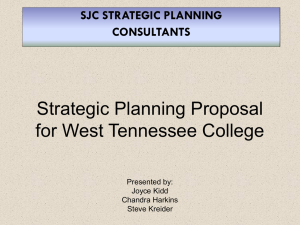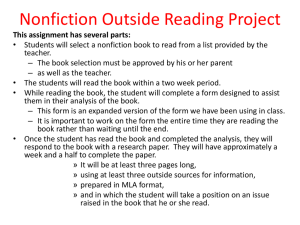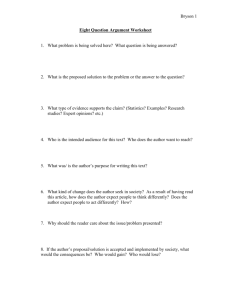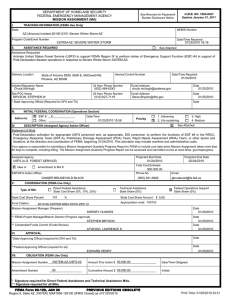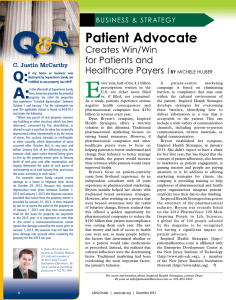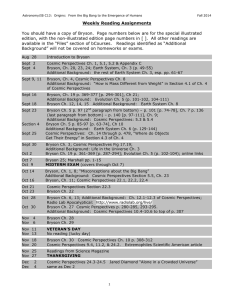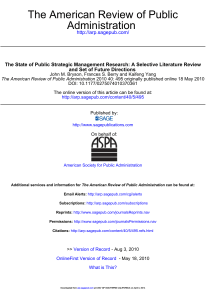College of San Mateo Office of Planning, Research, and Institutional Effectiveness
advertisement
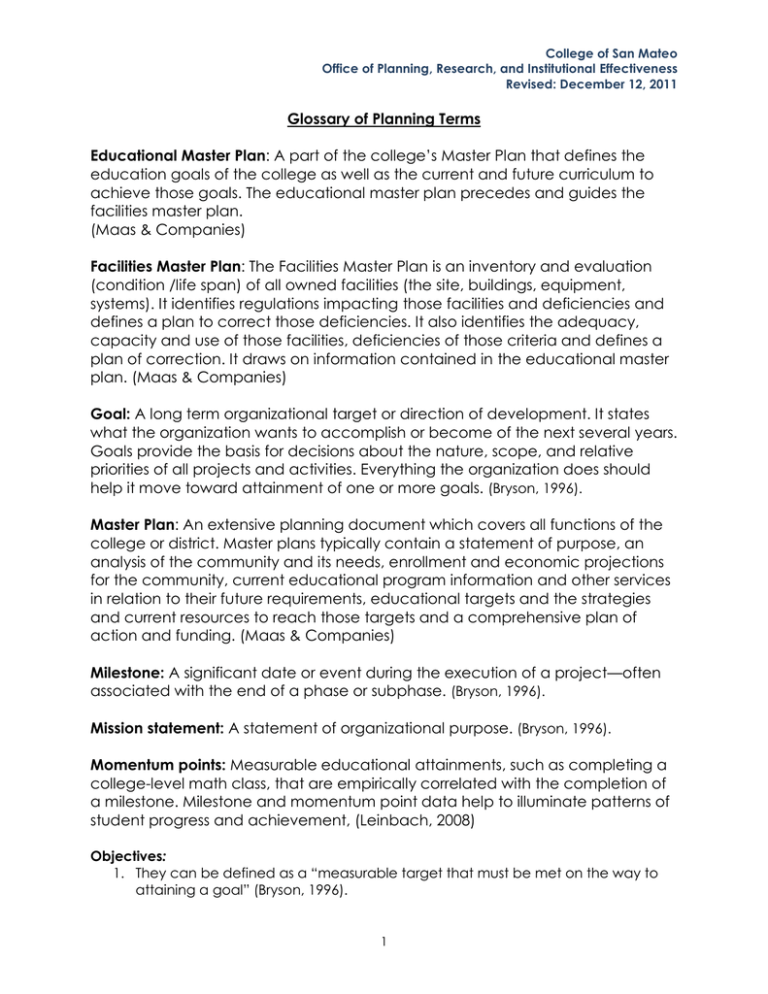
College of San Mateo Office of Planning, Research, and Institutional Effectiveness Revised: December 12, 2011 Glossary of Planning Terms Educational Master Plan: A part of the college’s Master Plan that defines the education goals of the college as well as the current and future curriculum to achieve those goals. The educational master plan precedes and guides the facilities master plan. (Maas & Companies) Facilities Master Plan: The Facilities Master Plan is an inventory and evaluation (condition /life span) of all owned facilities (the site, buildings, equipment, systems). It identifies regulations impacting those facilities and deficiencies and defines a plan to correct those deficiencies. It also identifies the adequacy, capacity and use of those facilities, deficiencies of those criteria and defines a plan of correction. It draws on information contained in the educational master plan. (Maas & Companies) Goal: A long term organizational target or direction of development. It states what the organization wants to accomplish or become of the next several years. Goals provide the basis for decisions about the nature, scope, and relative priorities of all projects and activities. Everything the organization does should help it move toward attainment of one or more goals. (Bryson, 1996). Master Plan: An extensive planning document which covers all functions of the college or district. Master plans typically contain a statement of purpose, an analysis of the community and its needs, enrollment and economic projections for the community, current educational program information and other services in relation to their future requirements, educational targets and the strategies and current resources to reach those targets and a comprehensive plan of action and funding. (Maas & Companies) Milestone: A significant date or event during the execution of a project—often associated with the end of a phase or subphase. (Bryson, 1996). Mission statement: A statement of organizational purpose. (Bryson, 1996). Momentum points: Measurable educational attainments, such as completing a college-level math class, that are empirically correlated with the completion of a milestone. Milestone and momentum point data help to illuminate patterns of student progress and achievement, (Leinbach, 2008) Objectives: 1. They can be defined as a “measurable target that must be met on the way to attaining a goal” (Bryson, 1996). 1 College of San Mateo Office of Planning, Research, and Institutional Effectiveness Revised: December 12, 2011 2. Effective objectives are said to be SMART (Specific, Measurable, Achievable, Realistic and Time-related) (Drucker, 1954). 3. Objectives require a deliverable by which the attainment of the Objective can be determined. (Irvine Valley College). Planning Assumptions: Interpretations of the planning environment as it relates to the college’s goals. They are derived from research and carry policy implications. These implications becomes challenges, issues, and targets to which the college needs to respond through its Objectives. (Irvine Valley College) Performance Measure: A means of objectively assessing the results of programs, products, projects, or services. Stakeholders: Any person, group or organization that can place a claim on the organization’s attention, resources, or output or is affected by the output. Strategy: The means by which an organization intends to accomplish a goal or objective, it summarizes a pattern across policies, programs, projects, actions, decisions, resource allocation.” (Bryson, 1996). Strategic Planning: An organization’s process of defining its strategy or direction in making decisions about allocating resources to pursue this strategy. It is a disciplined effort to produce fundamental decisions and actions that shape and guide what an organization is, what it does, and why it does it (Bryson, 1996). Strategy Formulation: 1) a set of decisions that are designed to create a competitive advantage in order to achieve an organization’s goals and objectives (Pearce and Robinson, 2000) 2) refers to both the decision making processes and outcomes that colleges. . . employ to align or fit their mission with their position in the marketplace (the environment) given the limited resources and capabilities of their internal systems (Lawrence and Lorsch, 1969) Values statement: A description of a code of behavior (in relation to employees, other key stakeholders, and society at large) to which an organization adheres or aspires. (Bryson, 1996). Vision statement: A description of what an organization will look like if succeeds in implementing its strategies and achieves its full potential. (Bryson, 1996). 2
